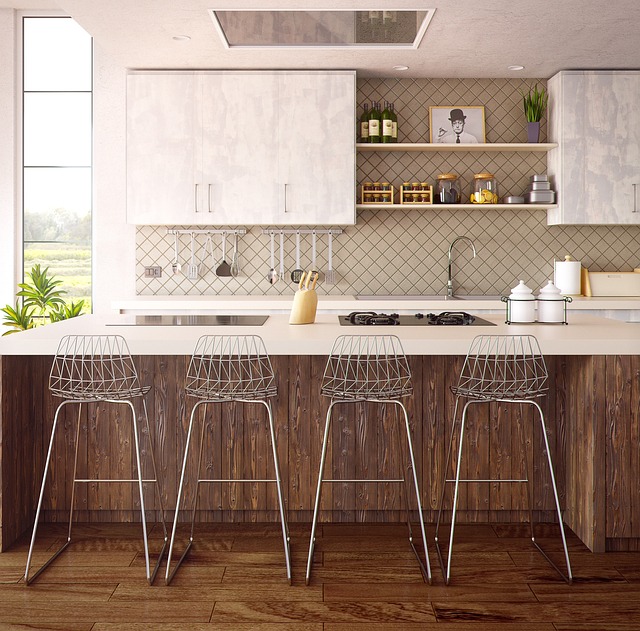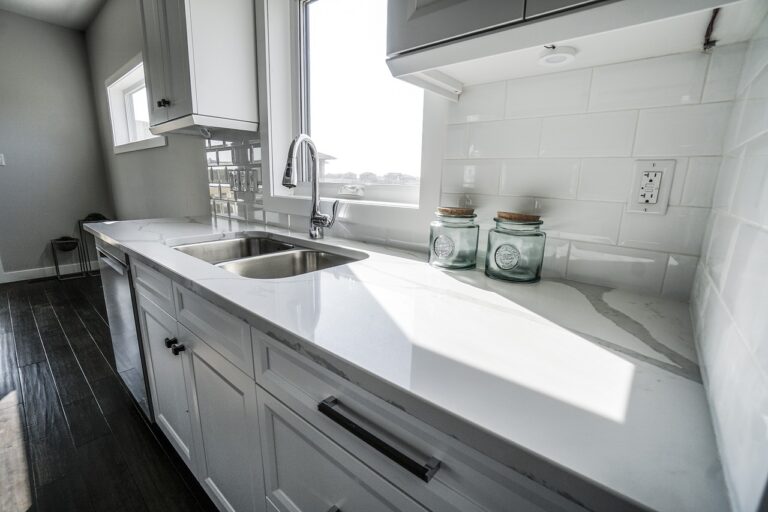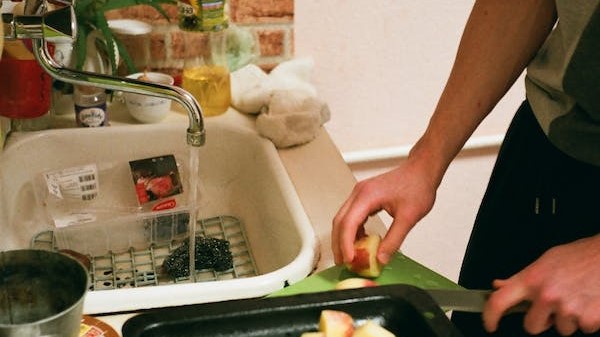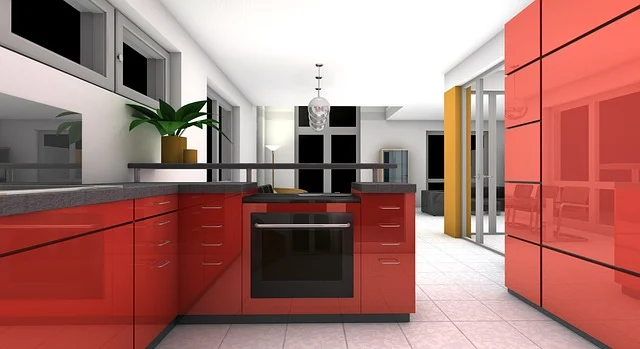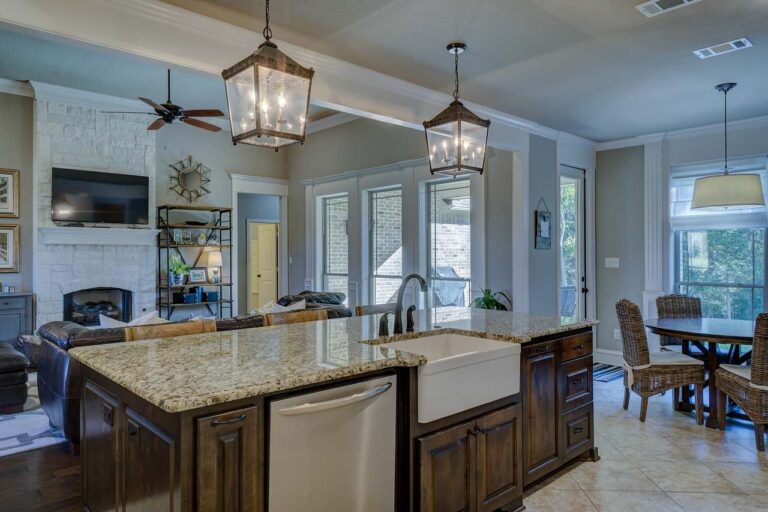Concrete kitchen sinks are both durable and modern. They make a kitchen look stylish and work well too. Have you ever thought about upgrading your kitchen sink to something truly unique? What if we told you that concrete, yes, the same material used for sidewalks, is now making waves in kitchen design? In this article, we’ll explore why concrete kitchen sinks are gaining popularity. Why are homeowners and designers turning to concrete for their kitchen sink needs? What advantages do concrete sinks offer over traditional materials? And how can you incorporate a concrete sink into your own kitchen design? Let’s uncover the answers together as we dive into the world of concrete kitchen sinks.

Advantages of Concrete Kitchen Sink
Durability:
Concrete kitchen sinks may seem unconventional, but their durability is unmatched. Constructed from a blend of cement, sand, and aggregates, concrete sinks can withstand the daily wear and tear of a bustling kitchen without chipping or scratching easily.
Aesthetic Appeal:
Concrete sinks offer a unique aesthetic that elevates any kitchen space. With their sleek surfaces and clean lines, concrete sinks add a touch of sophistication and charm, transforming even the simplest kitchens into stylish havens.
Customization:
Concrete sinks are highly customizable, allowing you to tailor the design to your preferences. Whether you prefer a minimalist look or something more elaborate, concrete sinks can be crafted to match your unique style and vision.
Heat and Stain Resistance:
Concrete sinks are naturally heat and stain-resistant, making them ideal for busy kitchen environments. You can place hot pots and pans directly into a concrete sink without fear of damaging the surface, and spills and stains can be easily wiped away with minimal effort.
Eco-Friendliness:
Concrete sinks are made from natural materials, making them a sustainable choice for eco-conscious homeowners. By opting for a concrete sink, you can reduce your environmental footprint while still enjoying a stylish and functional kitchen fixture.
Considerations Before Installing a Concrete Kitchen Sink
Before committing to a concrete kitchen sink, it’s crucial to consider a few key factors to ensure it’s the right choice for your space.
Weight and Installation Requirements
Concrete sinks are heavier than traditional materials, so it’s essential to assess whether your kitchen’s cabinets and countertops can support the weight. Consulting with a professional installer can help determine if additional support structures are needed to ensure proper installation and prevent any structural issues in the future.
Preserving the Beauty of Your Sink
While concrete is durable, it’s also porous and susceptible to stains if not properly sealed. Regular sealing is necessary to protect the surface and maintain its appearance. Additionally, routine cleaning with mild, non-abrasive cleaners will help prevent dirt and grime buildup, ensuring your sink looks its best for years to come.
Compatibility with Design Styles
Consider how a concrete sink will fit with your kitchen’s overall design aesthetic. While concrete adds a modern touch, it may not complement every style. Thankfully, concrete sinks come in various styles, colours, and finishes, allowing you to find one that seamlessly integrates with your kitchen decor.
Balancing Budget and Quality
Concrete sinks typically come with a higher price tag than traditional materials, but they offer unique benefits that may justify the investment. Before making a decision, weigh the cost against the long-term durability and aesthetic appeal of a concrete sink, ensuring it aligns with your budget and priorities.
Understanding the Risks
While concrete sinks are durable, they are not immune to damage. Chipping, cracking, and hairline cracks are potential issues to consider. Repairing damaged areas can be challenging and costly, so it’s essential to be aware of these potential drawbacks and consider them when making your decision.
Design and Maintenance Tips for Concrete Kitchen Sink
Designing and maintaining a concrete kitchen sink involves a thoughtful approach to ensure its longevity and beauty shine through in your space.
Crafting Your Sink to Fit Your Vision
Concrete sinks offer an unparalleled level of customization, allowing you to create a sink that perfectly complements your kitchen’s aesthetic. Whether you prefer a sleek and modern design or something more rustic and textured, concrete can be moulded to match your unique style. Consider factors like shape, size, colour, and finish to bring your vision to life and create a stunning focal point in your kitchen.
Integration with Your Kitchen Style
When incorporating a concrete sink into your kitchen design, it’s essential to consider how it will harmonise with the overall style of your space. Concrete sinks can seamlessly blend with a variety of kitchen aesthetics, from contemporary to farmhouse chic. Pair your concrete sink with complementary cabinetry, countertops, and fixtures to create a cohesive and inviting atmosphere that reflects your personal taste and style.
Cleaning and Maintenance
To preserve the beauty of your concrete sink, regular cleaning and maintenance are key. Use mild, non-abrasive cleaners and avoid harsh chemicals or abrasive scrubbers that can damage the sealant and surface. Additionally, apply a sealant annually or as needed to protect against stains, moisture, and everyday wear and tear. By following these simple maintenance practices, you can ensure your concrete sink remains a stunning centrepiece in your kitchen for years to come.
Repair and Restoration
Despite your best efforts, your concrete sink may experience minor damage over time. Fortunately, there are options for repairing and restoring damaged areas to bring your sink back to its original glory. From patching small chips and cracks to refinishing the surface, a professional contractor can help address any issues and restore your concrete sink to its former beauty. By addressing damage promptly and enlisting the help of a qualified professional, you can ensure your concrete sink remains a stunning and functional centrepiece in your kitchen for years to come.
Conclusion:
Concrete kitchen sinks offer durability, beauty, and customization options, making them a top choice for modern homes. Despite installation considerations, they provide long-lasting functionality with proper maintenance. From sleek designs to compatibility with various kitchen styles, concrete sinks elevate any space. By carefully considering factors like sealing and repair options, homeowners can ensure their concrete sink remains a stunning centrepiece. In conclusion, concrete sinks are a stylish and practical addition to any kitchen, offering enduring elegance and functionality for years to come.

